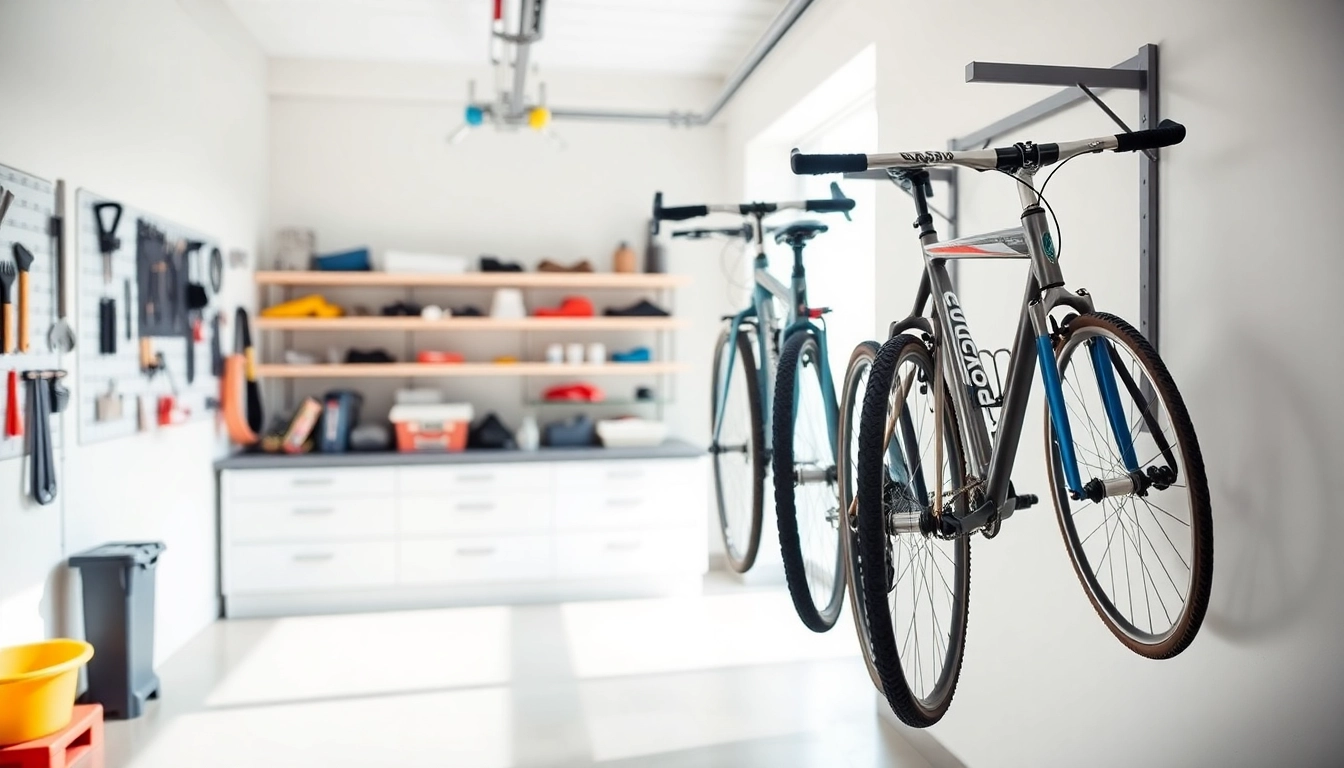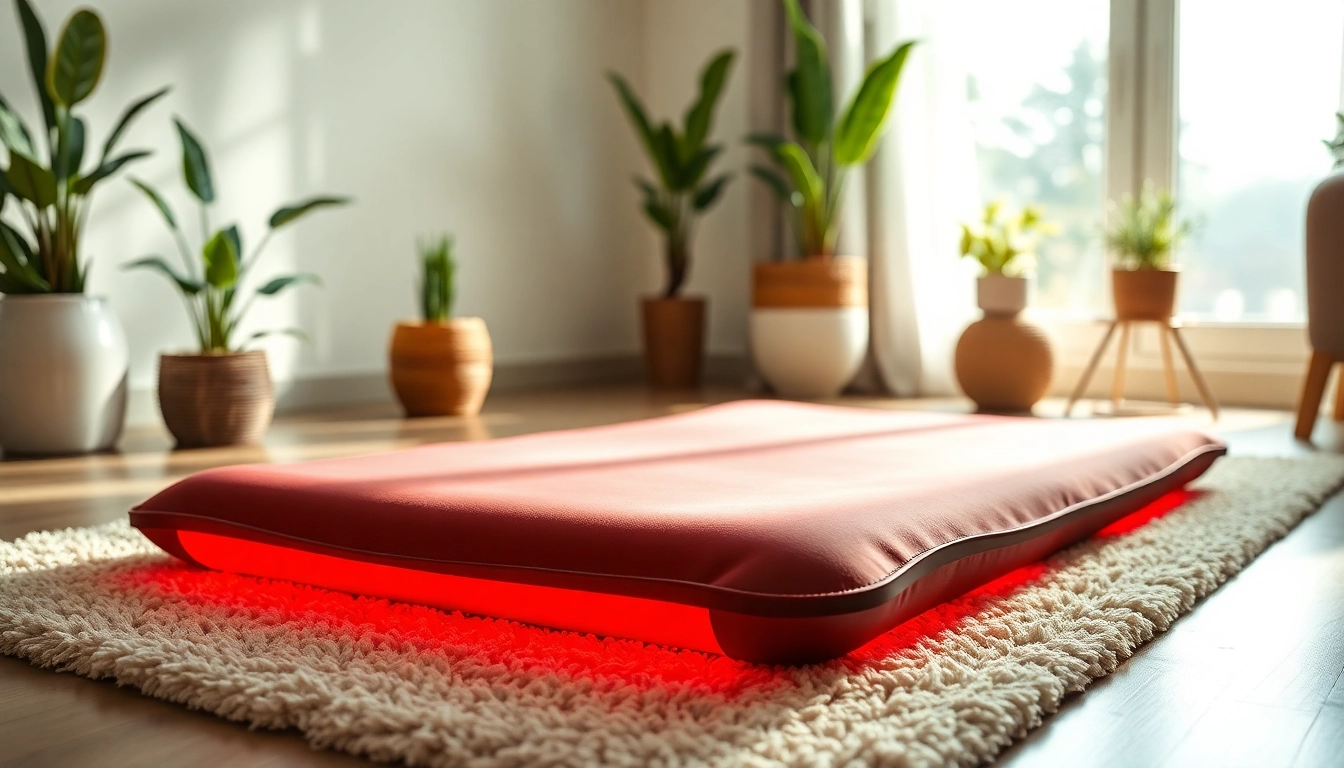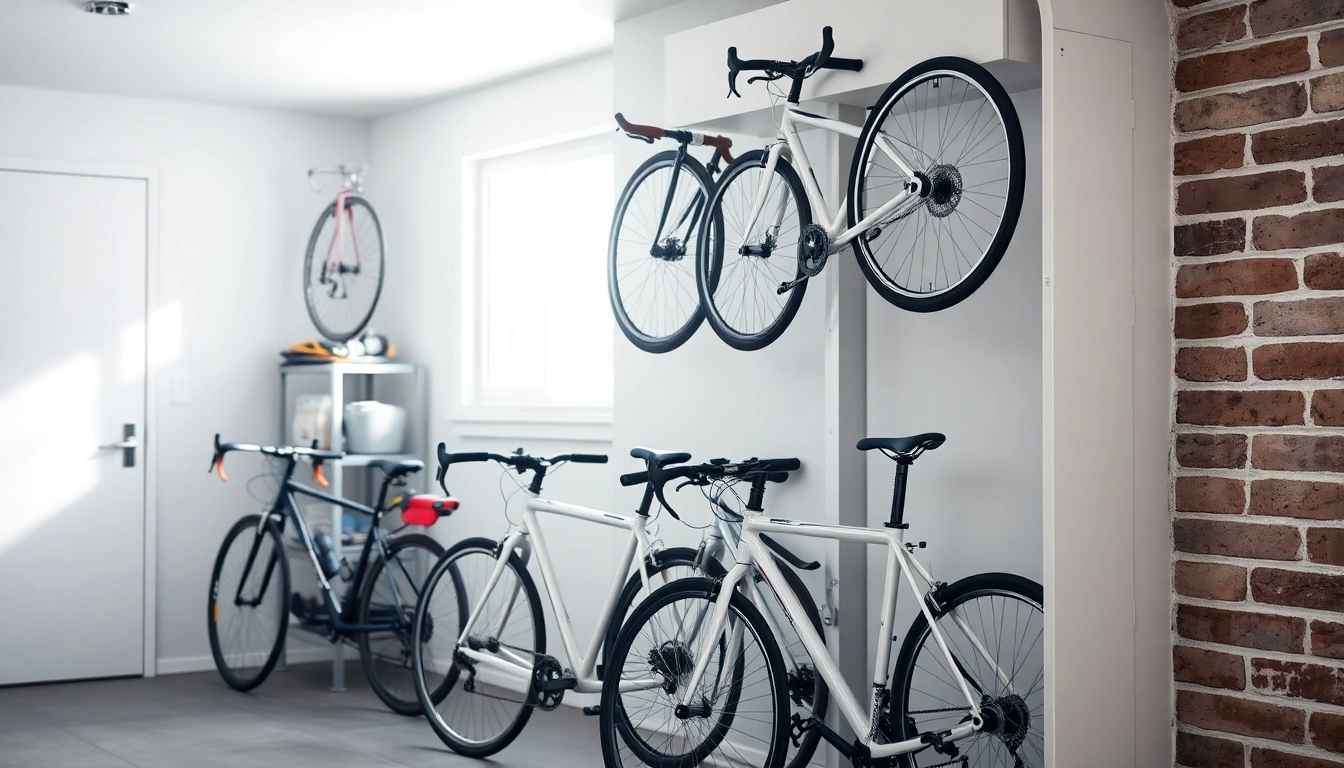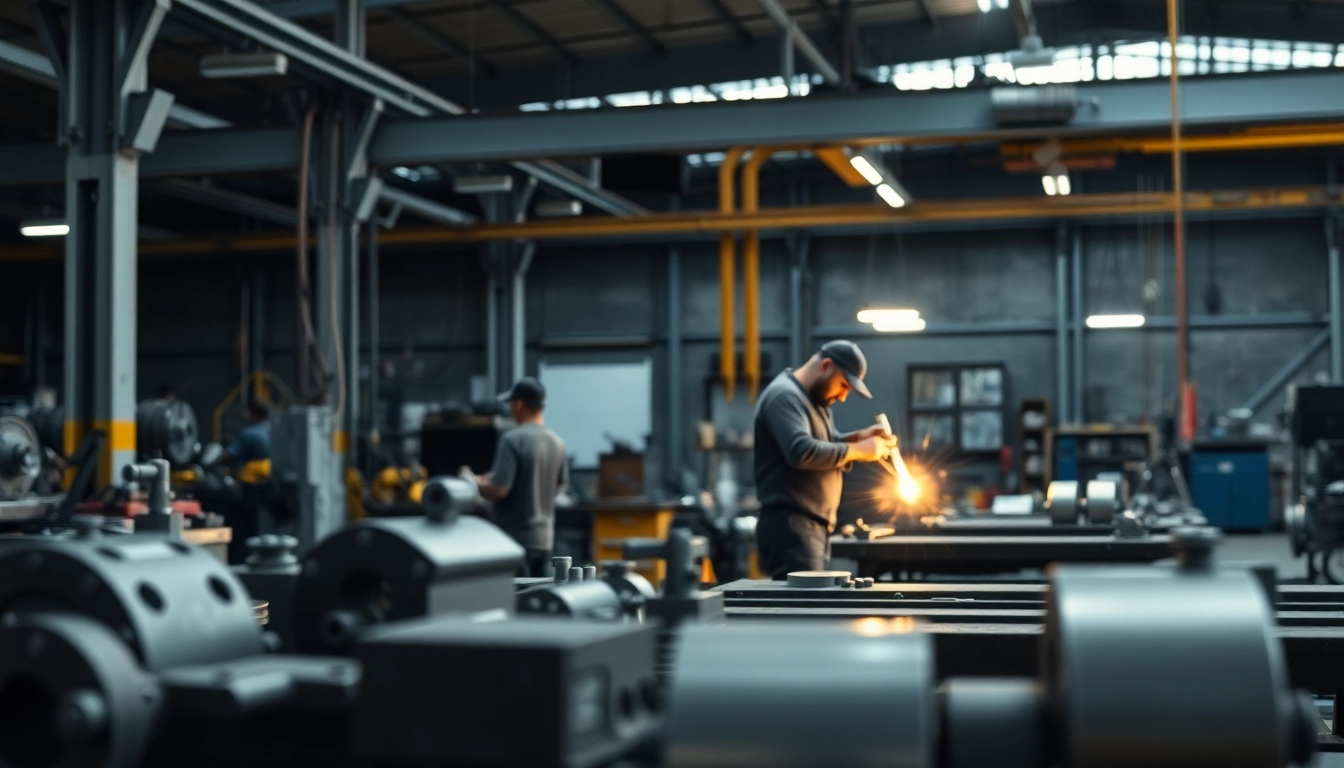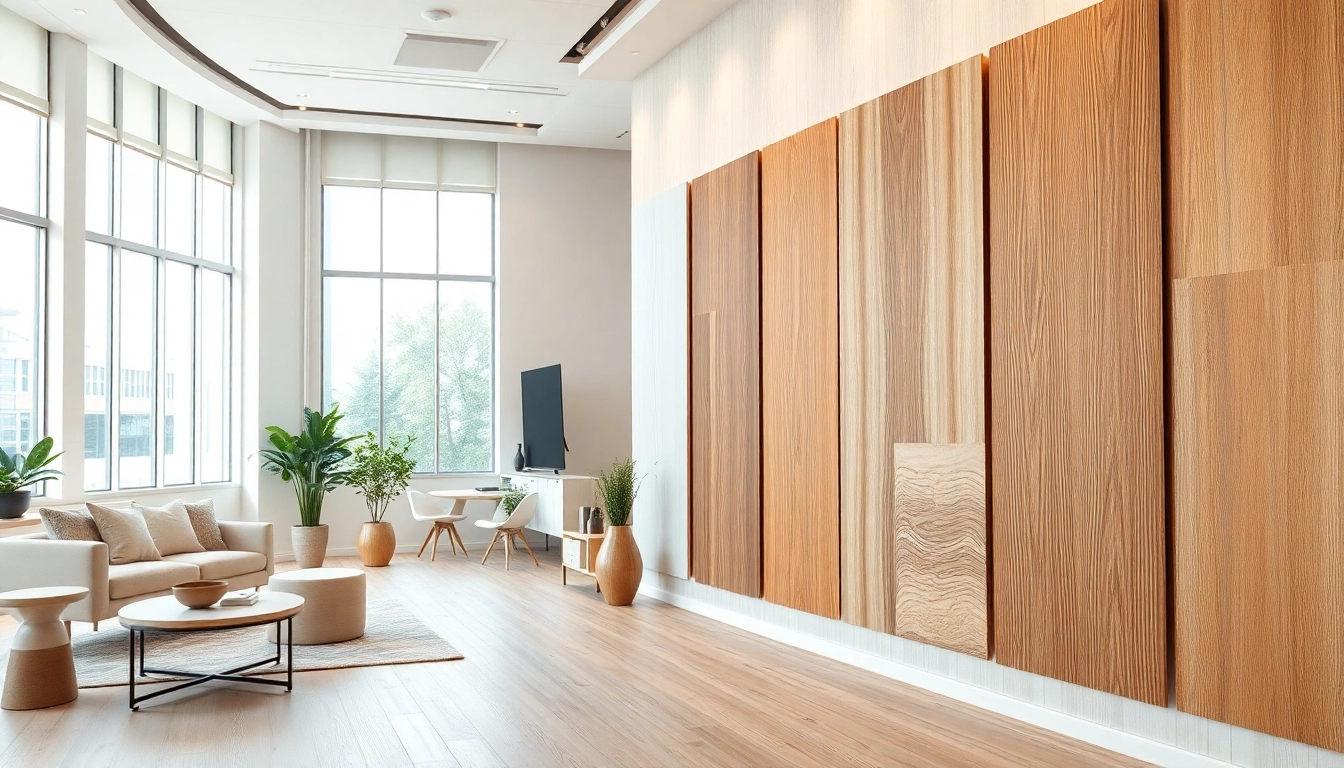
Understanding Furniture Veneer: What You Need to Know
Definition and Characteristics of Furniture Veneer
Furniture veneer is a thin layer of wood or wood-based material, typically crafted from high-quality timber. It is adhered to a core panel made of less expensive material, such as particleboard or MDF, offering an economical yet aesthetically appealing solution for various furniture designs. The primary advantage of furniture veneer lies in its ability to mimic the appearance of solid wood without the associated cost and weight. Characteristically, furniture veneer showcases the wood’s natural grain patterns and colors, enhancing the aesthetic appeal of any piece while allowing for more versatile design options.
Types of Furniture Veneer and Their Applications
Furniture veneer comes in several types, each with unique properties and applications:
- Natural Veneer: Made from real wood, natural veneer captures the authentic beauty of timber. It’s commonly used for furniture, cabinetry, and paneling where a rich, organic look is desired.
- Reconstituted Veneer: Engineered from wood fibers and adhesives, this type mimics the appearance of natural veneer while being more stable and less susceptible to warping.
- Backed Veneer: Reinforced with a backing material, this veneer type is more durable and easier to work with, making it ideal for intricate designs and curved surfaces.
- Wood Laminate: Although technically different from veneer, laminate mimics the appearance of wood and is used as a more cost-effective alternative for surfaces and furniture production.
The applications of furniture veneer extend beyond mere aesthetics, encompassing functionality and versatility in design. It is commonly utilized in furniture manufacturing, wall paneling, cabinetry, and even acoustic panels, enhancing both the beauty and acoustics of interior spaces.
Benefits of Using Furniture Veneer in Design
The benefits of incorporating furniture veneer into design projects are manifold. Firstly, furniture veneer offers substantial cost savings compared to solid wood while maintaining a high-quality appearance. Additionally, it is lighter, allowing for easier handling and installation without compromising durability.
Moreover, furniture veneer is environmentally friendly; by using a thin layer of high-quality wood over a cheaper core, it maximizes the use of valuable resources. The manufacturing process for veneer often generates less waste and can utilize fast-growing species or reclaimed materials, making it a sustainable choice.
Lastly, furniture veneer provides flexibility in design options, enabling furniture designers to experiment with various finishes, textures, and patterns, achieving unique looks that can cater to a wide range of interior styles.
How to Select the Right Furniture Veneer for Your Project
Assessing Aesthetic Preferences
Selecting the right furniture veneer starts with understanding your aesthetic preferences. Consider the overall theme and color palette of your space. For a rustic or traditional look, rich wood tones like oak or walnut may be preferred. For a more modern aesthetic, lighter woods or even unique species could establish a contemporary feel.
Samples are invaluable during this selection process; requesting samples of various veneer types will enable you to visualize how different options fit into your design scheme. Pay attention to the texture and grain pattern as these can significantly influence final aesthetics.
Consideration of Durability and Maintenance
Another essential factor in choosing furniture veneer is assessing its durability and maintenance requirements. Natural veneers tend to be more susceptible to scratches and moisture compared to backed or reconstituted alternatives. Therefore, if the furniture will experience heavy use, selecting a more durable veneer type is recommended.
Furthermore, consider the maintenance. Some veneers may require additional treatments or finishes to enhance their longevity and resistance to wear. Understanding your lifestyle and how often the furniture will be cleaned can guide the selection process effectively.
Cost-effective Solutions with Furniture Veneer
Cost-effectiveness is a significant consideration for many designers and homeowners. Furniture veneer offers a high-end appearance at a fraction of the cost of solid wood. In projects where budget constraints are paramount, choosing veneer can allow for the luxury look of hardwood without financial strain.
Moreover, the use of furniture veneer often leads to lower transportation costs as the weight is less than solid wood. This can add extra savings during project execution. Always compare the cost per square foot and consider not only the price of the veneer itself but also the long-term benefits related to maintenance, durability, and appearance.
Installation Techniques for Furniture Veneer
Surface Preparation for Optimal Adhesion
Proper surface preparation is critical for the successful installation of furniture veneer. Start by ensuring that the substrate is clean and free from dust, oils, or residues that could affect adhesion.
Sand the surface lightly to create a texture that promotes better adhesion, and if necessary, use a primer that is compatible with the adhesive you will use. The preparation phase can make a significant difference in the long-term performance of the veneer, thus should not be overlooked.
Tools and Materials Required for Installation
Having the right tools and materials is imperative for a successful veneer installation. Necessary tools include:
- Utility knife for cutting veneer accurately
- Glue or adhesive specifically designed for veneering
- Roller or brush for applying adhesive evenly
- Clamps to ensure proper bonding during the curing process
- Wood filler for finishing touches after installation
Additionally, it is advisable to have a straight edge or a square for making precise cuts and ensuring the angles are correct, as well as a clean workspace to work effectively.
Step-by-Step Guide to Installing Furniture Veneer
Following a step-by-step approach makes the installation process smoother and more effective:
- Measure and Cut: Begin by accurately measuring the dimensions of the surface that will be veneered. Cut the veneer slightly larger than required to allow for trimming.
- Apply the Adhesive: Use the specified adhesive to coat the substrate evenly. Follow the manufacturer’s instructions regarding the adhesive’s open time and curing time.
- Position the Veneer: Carefully place the veneer onto the substrate, ensuring it aligns properly. Press down gently to avoid air bubbles.
- Clamp and Secure: Use clamps to hold the veneer in place while the adhesive sets. Be sure to follow the curing time recommended by the adhesive manufacturer.
- Trim Excess Veneer: After the adhesive has cured, use a utility knife to trim any excess veneer for a clean edge. Sand edges lightly to smooth out any roughness.
- Finish the Surface: Apply wood finish or protective coating to enhance appearance and durability. This may include lacquers or oils suitable for finished veneer.
Following this guide will help ensure a successful installation, ultimately enhancing the beauty of the furniture piece.
Maintenance Tips to Preserve Your Furniture Veneer
Regular Cleaning Practices for Longevity
Maintaining the appearance of your furniture veneer is vital for its longevity. Regular cleaning should be done with a soft, damp cloth to remove dust and dirt without causing scratches. It is advisable to avoid abrasive cleaners or scrubbing pads that may damage the finish.
For deeper cleaning, a mild soap solution can be used, followed by thoroughly drying the surface to avoid water damage. Consider setting a cleaning schedule to ensure your veneer is cared for in a timely manner.
Repairing Scratches and Damages
Even with proper maintenance, furniture veneer is susceptible to damage over time. Small scratches can typically be repaired easily by applying a matching wood filler or wax pencil designed for such repairs. For more severe damage, redoing the affected panel may be necessary.
If the veneer gets chipped, you can use veneer repair kits, which often include adhesives, patches, and tools specifically designed for minor repairs. Regular inspections can help catch these issues early, protecting the integrity of the furniture veneer.
Preventive Measures for Maintaining Beauty
Preventive maintenance is essential for preserving the original beauty of the veneer. Avoid exposing the furniture to direct sunlight for extended periods to prevent fading. Additionally, keeping the indoor humidity levels stable helps minimize the risk of warping or cracking.
For furniture in high-traffic areas, consider using coasters and placemats to protect surfaces from scratches or heat damage. These simple preventive actions can significantly influence the longevity and aesthetics of your furniture veneer, keeping it in prime condition for years to come.
Innovative Trends in Furniture Veneer Usage
Integrating Furniture Veneer with Sustainable Designs
With growing awareness regarding sustainable practices, furniture veneer has gained popularity for its eco-friendly attributes. The ability to use fast-growing, sustainable wood species as veneer provides an effective way to minimize deforestation and support renewable practices.
Furthermore, incorporating furniture veneer into sustainable design projects can enhance the attractiveness of eco-friendly furnishings while reducing overall material waste. This trend is driving innovation in design, leading to beautiful and responsible pieces that cater to the modern, environmentally-conscious consumer.
Customization Options for Unique Projects
Customization is where furniture veneer truly shines. Designers and homeowners have access to a vast array of wood types, grains, stains, and finishes, allowing for unique creations tailored to specific tastes and needs. From intricate inlays to bold contrasting patterns, the possibilities are virtually limitless.
Personalization using veneer can also extend to the production of one-of-a-kind furniture pieces, enabling customers to express their individuality and preferences in design features that resonate with their lifestyle.
Future Outlook: Evolving Styles in Furniture Veneer
The future of furniture veneer is bright, with trends continuously evolving. As technologies improve, the accuracy and quality of manufactured veneers have surged, allowing for increased realism and detail. Furthermore, as designers embrace innovative aesthetics, blending traditional craftsmanship with modern techniques, we are likely to see remarkable creations that showcase the versatility of furniture veneer.
Emerging trends include incorporating textures and finishes that mimic natural surfaces, as well as using unconventional wood species to break away from traditional aesthetics. Additionally, combining veneer with other materials such as metal and glass opens new avenues for creativity in furniture design, suggesting exciting possibilities for years to come.

